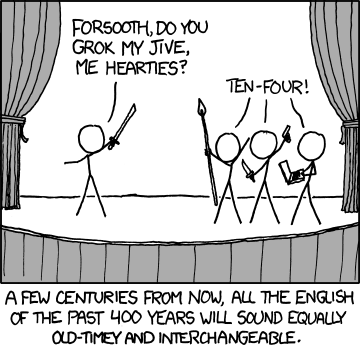If you work for a small or medium business, someone in your office needs to buy things. Paperclips, computers, mailing envelopes, office furniture, etc. If you work for a small or medium research lab, someone in your office needs to buy these same things, but someone also needs to buy more unusual stuff. Twenty pounds of modeling clay. A Sony Aibo. Make that two. Lots of different types of video encoding software and hardware. Stuff like that.
At our research lab, I am often the person who does the actual purchasing of the strange items. If I’m buying a computer from HP, I expect the process to be pretty straightforward. If I’m buying industrial laser elements from Bob’s House-o’-Lasers, I expect complications. Reality is often the other way around. Since I’ve been doing this since the mid 1990’s, I’ve seen how technology has often made it easier and sometimes much harder to buy things, use things, and deal with problems. I’m going to describe a few examples in this and later posts. Just a warning that my bias is somewhat anti-technology – I joke that I’m a neo-luddite.
Continue Reading
